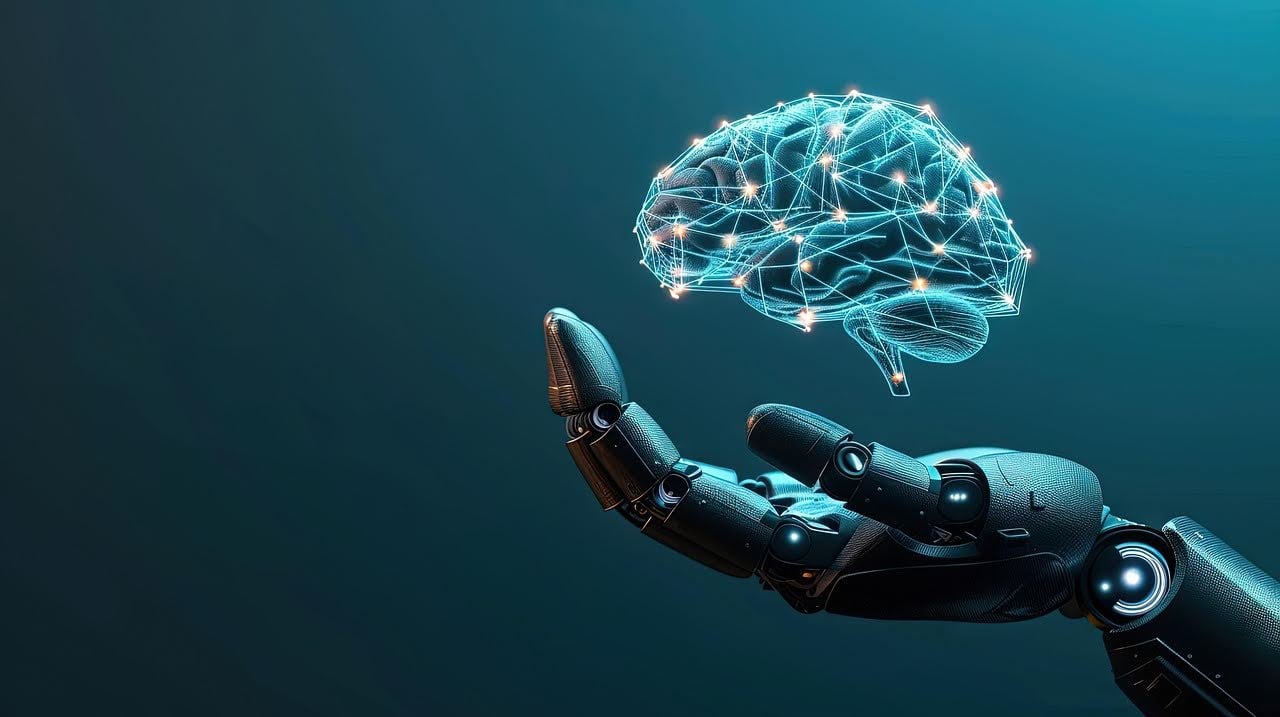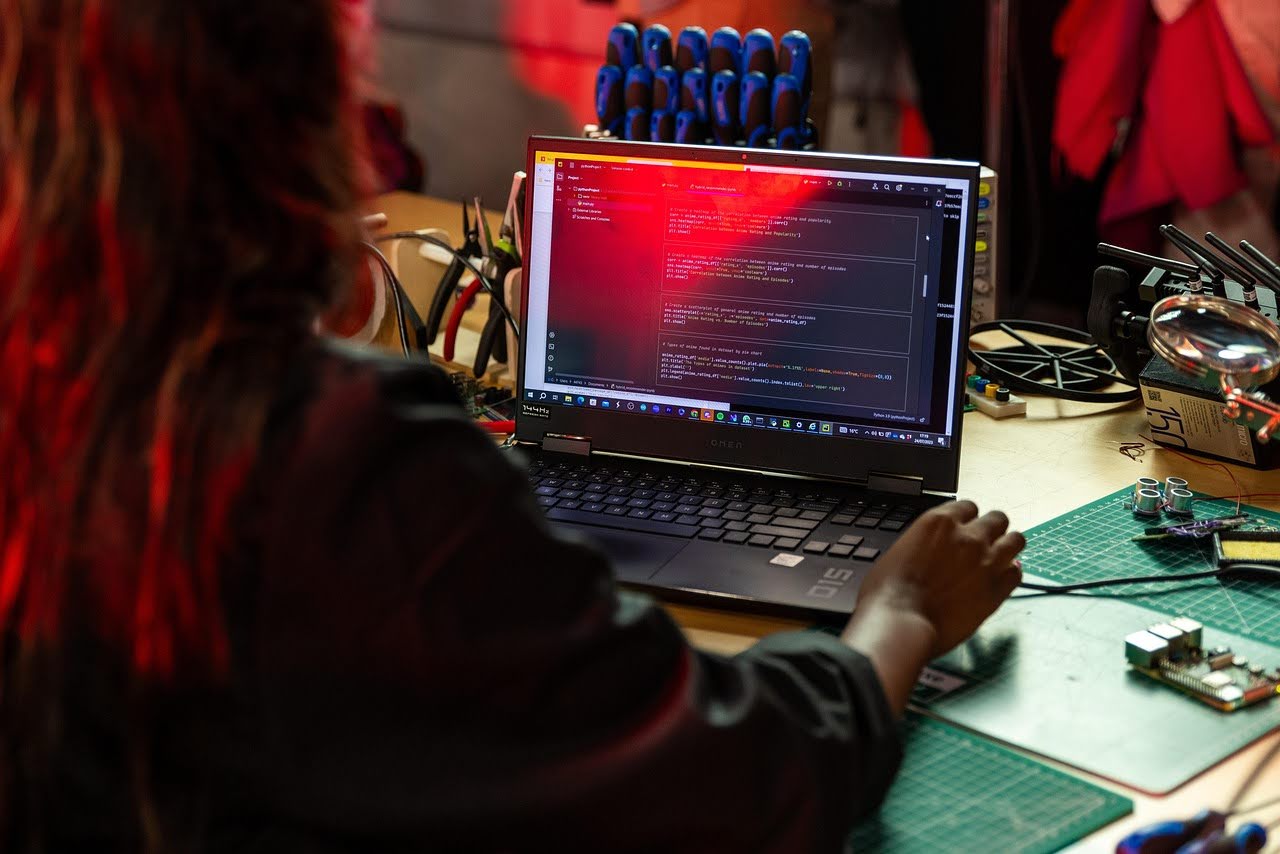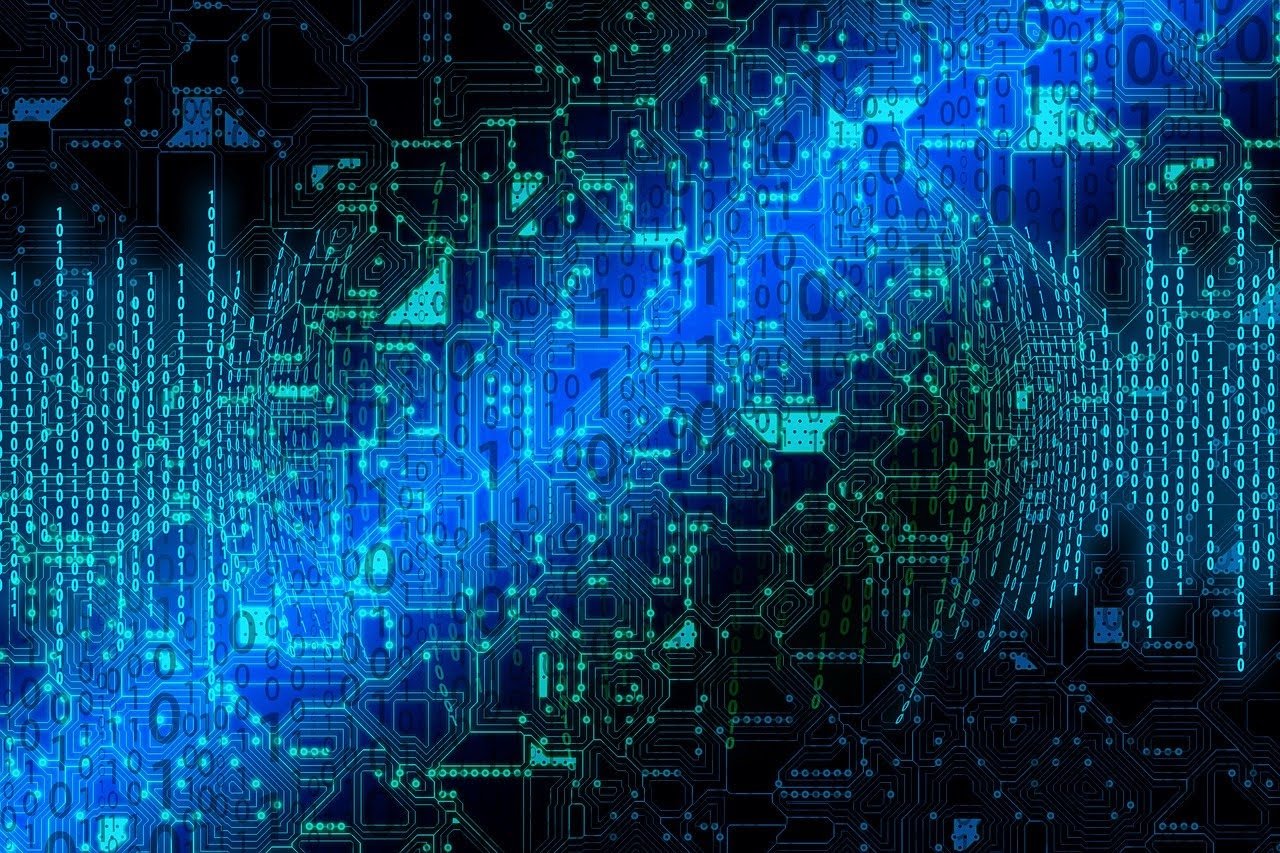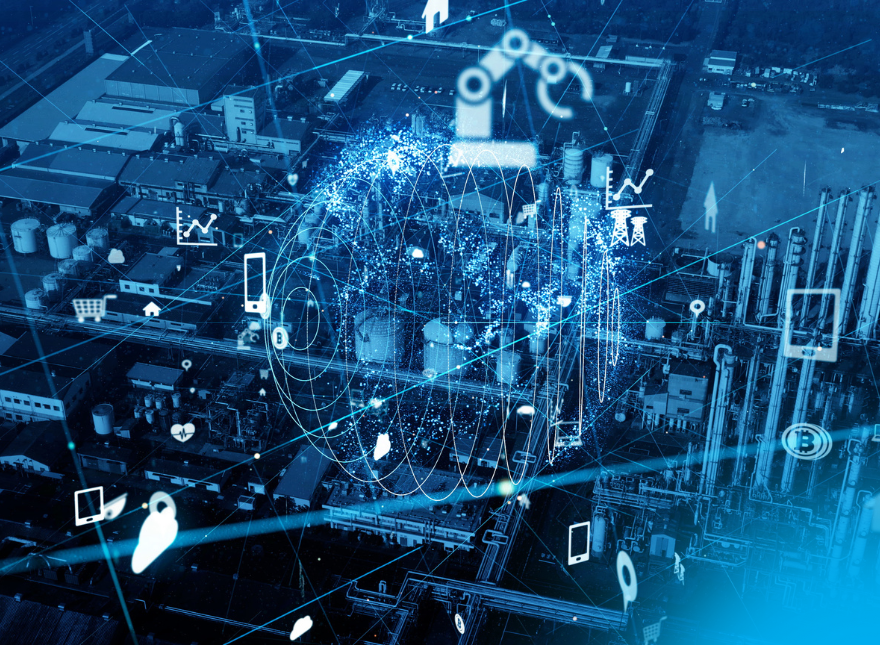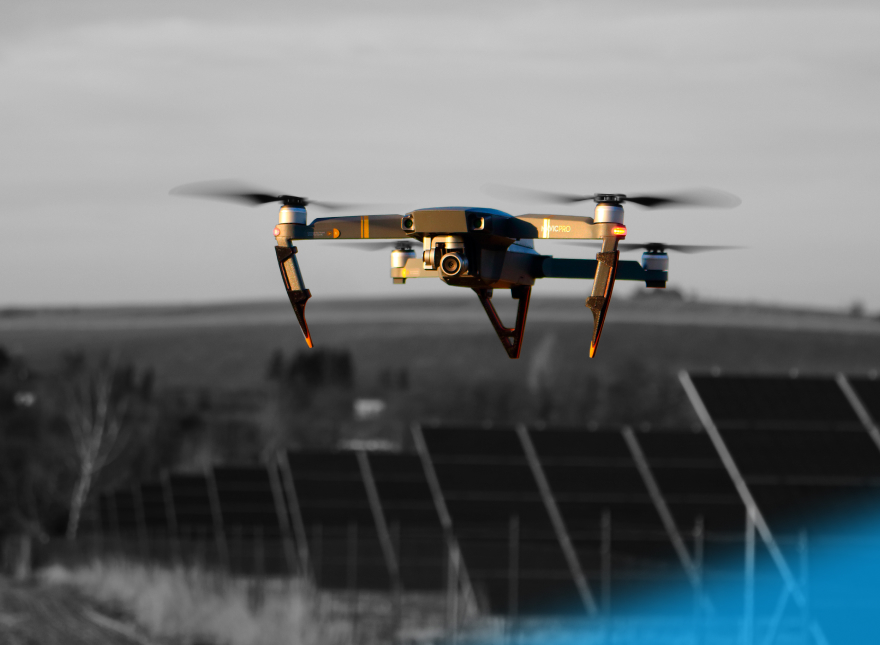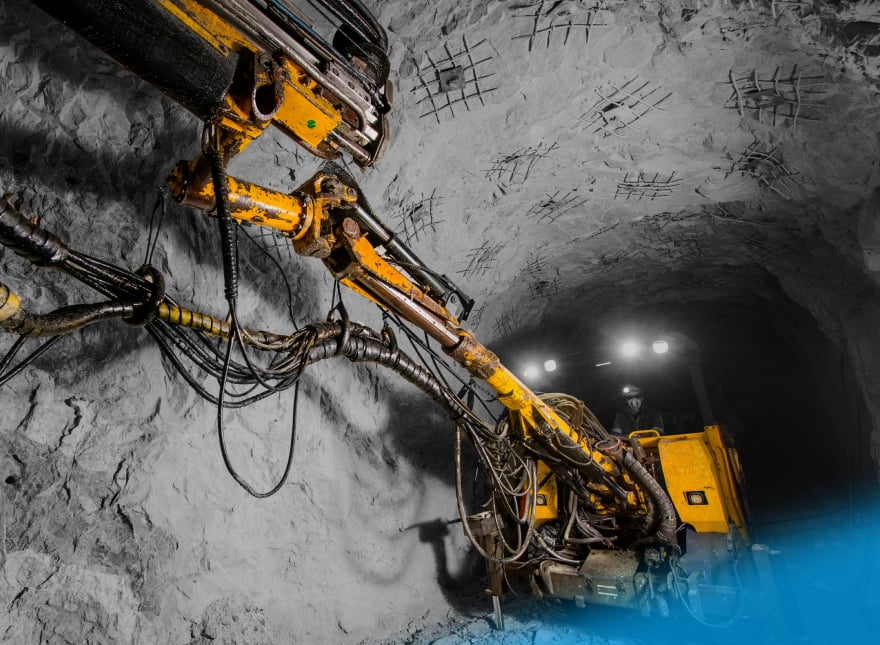Check out our latest blog article: From component to enterprise – modular robotics done right.
IoT in Renewable Energy: How GreenTech Companies Leverage Sensor Data to Cut Operational Expenses
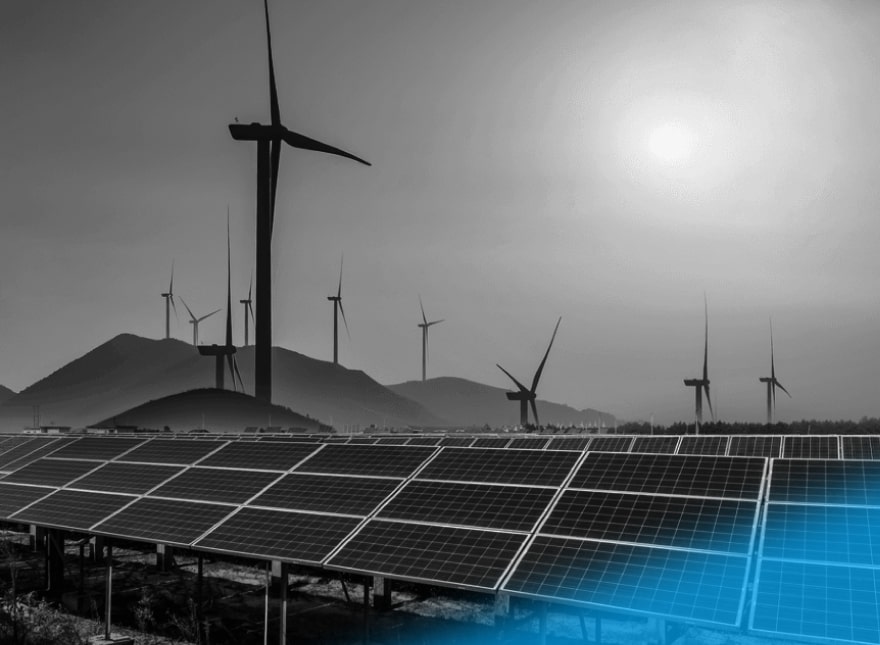
Following the global pandemic and massive supply chain disruptions, the renewable energy market is expected to plunge 10% this year. Nevertheless, alternative energy sources provide 11% of all energy consumed in the USA. In European countries, the number can be as high as 20%.
Among the factors giving rise to the sustainable energy sector is the greater adoption of IoT by companies involved in renewable energy production. Green technology (GreenTech) companies enhance wind turbines, solar farms, and hydro stations with sensors, cloud-based data analytics platforms, and user-facing apps to automate processes and prevent equipment failures. Most importantly, the Internet of Things helps GreenTech companies reduce operational expenses, allocate funds for innovation, and make green energy more affordable.
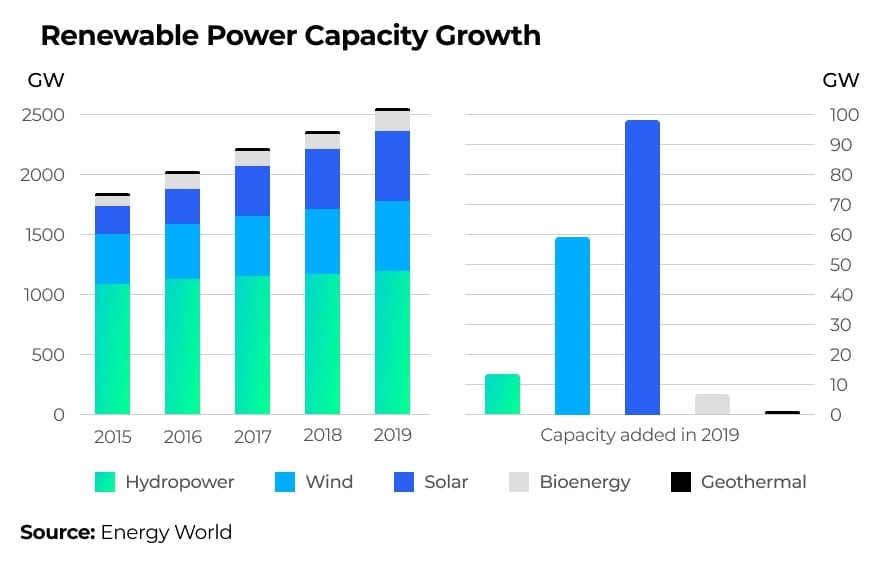
GreenTech Companies are Struggling to Keep Costs Down. Here’s Why
- Regular equipment checkups and maintenance are costly. Wind turbines and photovoltaic panels are often installed in remote, hazardous, and hard-to-access locations. As a result, the equipment should be frequently inspected and repaired. In the United States, the cost of wind turbine maintenance ranges from $42 thousand to $48 thousand per megawatt (MW). In Europe, operations and maintenance (O&M) costs account for 20-25% of lifecycle costs for wind and solar plants. Even hydropower plants, which typically require little maintenance, report spending $45 per kilowatt (kW) in O&M costs.
- Regulatory problems hinder the construction of new plants. Last year, onshore wind power became the number one source of energy in Germany, with a total production capacity of 55 gigawatts (GW). The construction of new turbines, however, is hampered by government restrictions. The number of permits issued for wind turbines has dropped by 70% in three years. To open an energy production facility, GreenTech companies must comply with specific regulations, such as the minimum distance from airports, residential buildings, and natural reserves.
- Adding solar panels and wind turbines to the grid increases energy prices. The output of solar panels decreases by 1% annually. Both wind turbines and photovoltaic panels have to be replaced every two decades. Renewable energy equipment is seldom recycled; by 2050, the global solar panel waste could reach 78 million metric tonnes. As a result, alternative energy sources have contributed to a 50% rise in electricity costs in Germany and 250% in California.
Can IoT solutions possibly make green energy more reliable and less resource-demanding?
How IoT Helps the Renewable Energy Sector Become More Efficient
The Internet of Things connects all the elements of power production and consumption and enhances cost control at every stage of energy flow—from turbine to socket.
Remote Equipment Maintenance
Renewable energy equipment comprises one-third of global power capacity. To reduce equipment maintenance and visual inspection costs, green technology companies enhance generators, power lines, and distribution substations with sensing devices. These include humidity, vibration, motion, temperature, pressure, and corrosion sensors. Smart sensors may use batteries or scavenge energy from ambient sources, such as light, heat, and equipment vibrations.
IoT devices capture data and relay it to the cloud, where AI algorithms match real-time sensor readings against historical data and assess whether the equipment functions properly. Power plant managers and field technicians access the data using web, desktop, or mobile applications and determine whether repairs are needed. Advanced IoT systems may also incorporate edge IoT devices that have enough computing power to locally process sensor data and control the machines without human interference.
Besides improving equipment reliability and availability, IoT solutions help green technology companies reduce the costs associated with getting engineers and technicians to remote sites to evaluate a problem. Recent studies show that unmanned aerial vehicles (UAVs) can be 95% more efficient in identifying defective equipment parts than human workers.
Improved Employee Safety
Compared to other industries, fatal accidents are relatively rare in the renewable energy sector. Between 2012 and 2016, the U.S. Bureau of Labor Statistics registered only five workplace fatalities at solar, wind, and geothermal power plants. Four of those were caused by falls, while the other was attributed to a motor vehicle accident.
Although renewable energy employees encounter the same risks as those in other industries, it is the dizzying height of power generation equipment (namely, offshore and onshore wind turbines) and exposure to extreme temperatures (solar farms) that may increase the number of casualties in the future. While drones take over manual equipment checkups in remote and hazardous locations where medical aid is generally unavailable, wearable devices can help GreenTech companies monitor their workers' fatigue levels and alert managers when employees enter a dangerous area.
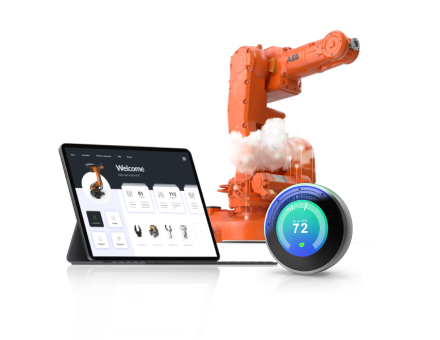
Proactive Grid Management
By placing smart sensors along power distribution lines, at substations, and in consumer homes, GreenTech companies can collect real-time data on power usage and make better decisions about electrical grid configuration and voltage control. Many of these decisions can be automated using Artificial Intelligence algorithms and programmable logic controllers. Power usage data can further help utility companies balance electricity supply to meet consumer demand and optimize overall energy use.
In 2015, the Isles of Scilly (UK) partnered with Hitachi to reduce the island’s reliance on fossil fuels and cut electricity bills by 40%. To meet the goals, the island council installed 400 kW of solar panels on administrative and residential buildings and deployed Hitachi’s IoT platform to distribute the electricity harvested from renewable sources and monitor carbon emissions.
Another example of a smart grid solution comes from Shine, a German technology company that offers decentralized green energy management systems for Smart Homes. Their shineConnect solution monitors the flow of electricity between residential solar panels and energy storage systems and features a smart meter.
IoT in Renewable Energy: Use It or Lose It
Currently, renewables remain a heavily subsidized industry: in 2017, companies involved in sustainable energy production received $128 billion globally, which accounts for 20% of direct energy sector subsidies. The lion’s share of these investments, however, comes in the form of tax breaks. In the USA, the tax credits for wind and solar power companies are set to expire by the end of next year.
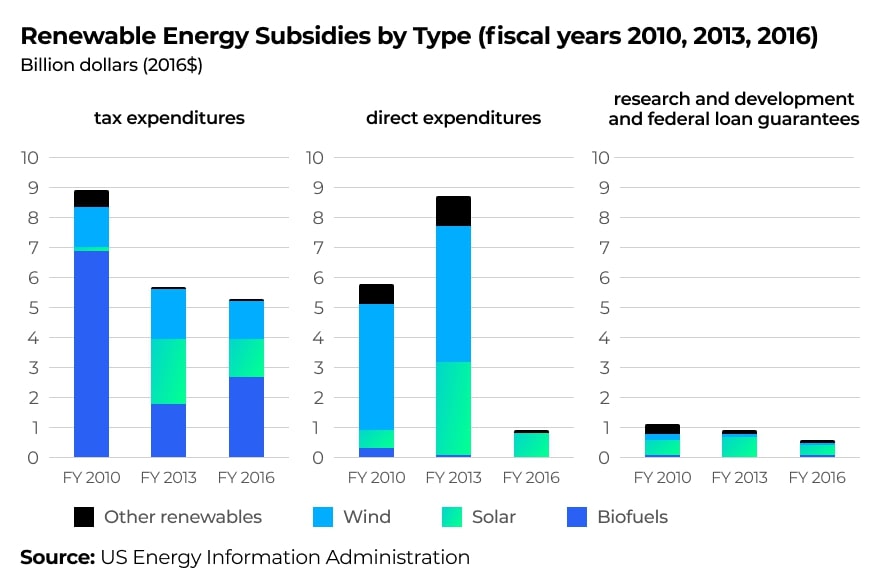
To justify further support from the government, business, and consumers, GreenTech companies should eliminate inefficiencies and maximize ROI—and here’s where IoT comes into play.
That being said, the impact of IoT applications in renewable energy stretches far beyond cost optimization. The expansion of wind turbines in Germany, for example, could lead to the extinction of several endangered species, including the harbor porpoise. In America, solar farms kill over 140 thousand birds annually. And now companies are turning to technology to study, document, and mitigate these hazards.
More articles on the topic
